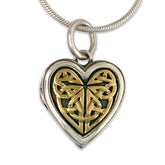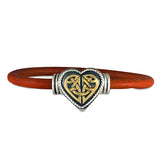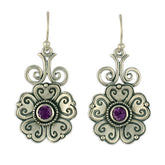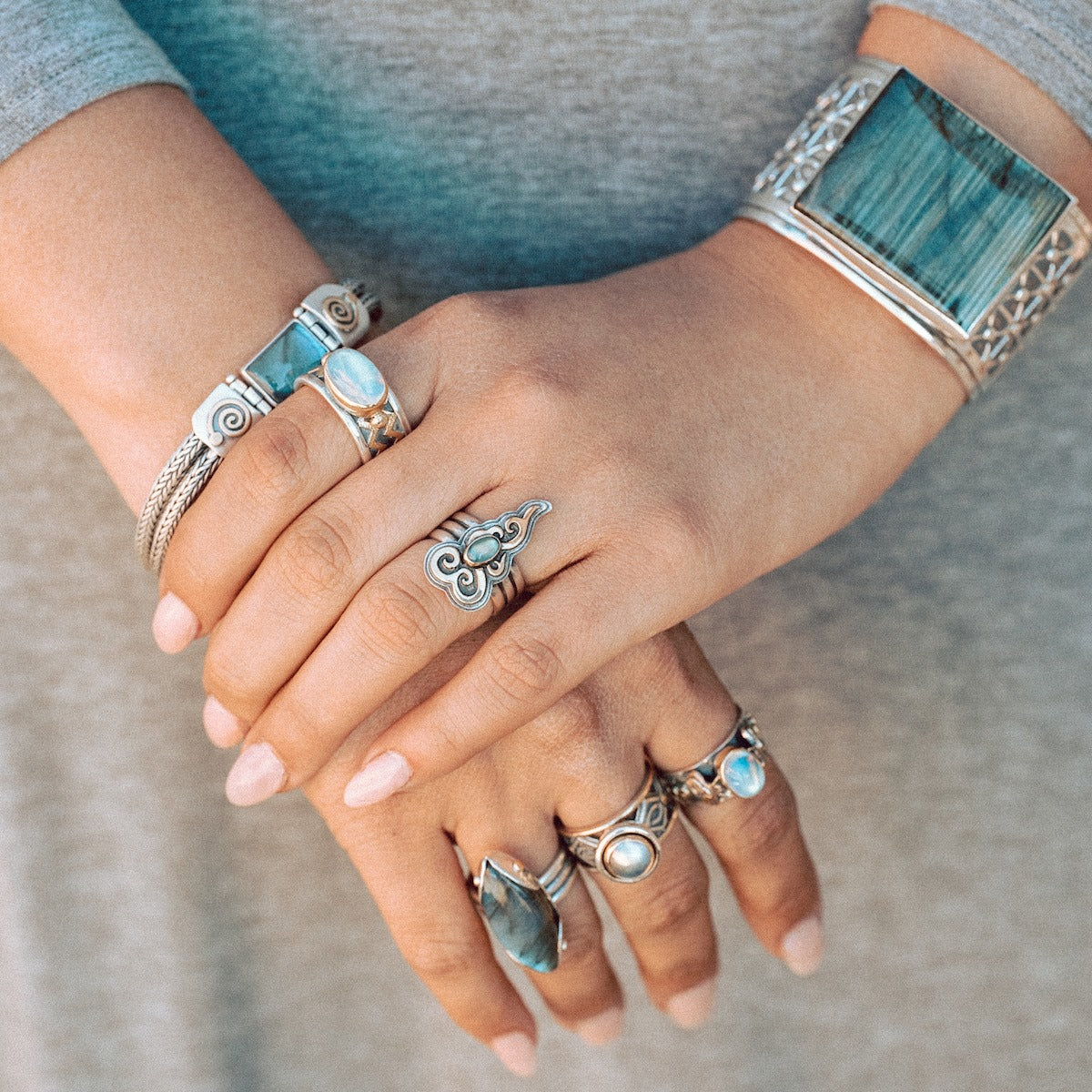Creative and Alternative Wedding Ceremonies and Traditions
By Peter Breslin
A wedding consists of basically four elements: gathering, ritual, vows, and celebration.
The traditional wedding ceremony derives from a combination of ancient cultural practices and church liturgy. Marriage itself has a less-than-romantic history in much of the world until more recent times. The union of bride and groom inspired by friendship, love and devotion is a concept that only began to form about 500 years ago in Western cultures. Even then, marriages of choice that followed a lengthy courtship were a luxury of the aristocracy. Marriage was usually a purely social and political contract, controlled in every way by church, state, and extended family.
Within this deeply conservative framework, women in particular had very little leeway, and no economic or political power. Historically, women were considered property of their husband. In traditional marriages even today, women vow to “obey” their husbands. In England and America, for example, until even as recently as a century ago, if a woman’s husband were to die, she was left entirely dependent on her husband’s family, who took ownership of all of her own family assets.
While some couples find their greatest support following traditional marriage ceremonies, an increasing number of couples are designing unique and personally meaningful weddings that reflect a more innovative spirit. Sometimes these thoughtfully designed ceremonies simply alter certain aspects of more traditional weddings while others break the mold entirely.
For example, it was common until recently for the bride’s family to pick up the tab for the wedding. Many couples today share the planning and expenses of the wedding and even draw equally from their respective traditions. Ceremonies involving combined liturgy, or, for example, both a priest and a rabbi, are common. Fifty years ago, this combination would have been taboo among most people.
The gathering of witnesses is from one’s community, but what if one’s community is outside of any traditional church, synagogue or mosque? Some couples have chosen to create beautiful ceremonies that go farther back in time, to the goddess and earth religions that predate the patriarchy altogether. Ceremonies held at sacred sites, scheduled according to the lunar calendar, and incorporating a respect for the powers of nature, sometimes conducted by modern-day shamans or priestesses, have become more common.
These ceremonies can be legally officiated by ministers who are not affiliated with a particular denomination, or who are broadly ecumenical in their own spiritual practice. Uniquely individualized approaches can be incorporated by writing original vows, which reflect one’s deepest sentiments. Much careful reflection often goes into the composition of vows that best reflect the deep contractual commitment the bride and groom are making.
Sometimes, couples who desire an innovative wedding get married legally by a local magistrate at the county courthouse, and then hold a more alternative ceremony among family and friends.
The “Green Wedding” movement is cultural phenomenon that has been gaining increasing momentum. Careful planning goes into every aspect of a Green Wedding ceremony to ensure that environmental and social justice is upheld. Catering for the reception features locally-grown and organic food.
The typical gift registry is partially or entirely replaced by a list of non-profit environmental, community, and political organizations to which the bride and groom request a donation as their gift. Many Green Weddings are community projects themselves, featuring the talents and contributions of a wide network of friends and family. This emphasis on both the local and global community reflects the bride and groom’s desire for the marriage itself to be a force for positive change.
Wedding rings are a lasting and meaningful way for the bride and groom to express unique aspects of their commitment to each other, while at the same time embodying their spiritual, political, and environmental values. Conflict-Free diamonds, that is, diamonds certified as being mined and distributed free of bloodshed and oppression, are in ever greater demand.
Celtic wedding rings, with a variety of organic and beautiful patterns and symbols, carry multifaceted spiritual and symbolic meaning. While the exchange of rings is of course a long-standing tradition, the variety and craftsmanship available today is unsurpassed, and many couples make certain the rings themselves incorporate, as a lifelong reminder, the values and meaning woven into their uniquely creative wedding ceremony.
The most important thing when planning one’s wedding is first and foremost, make it your day. Decide where you will compromise and where you will not compromise. Don’t sweat the small stuff. Let go and celebrate the beginning of a new journey.











